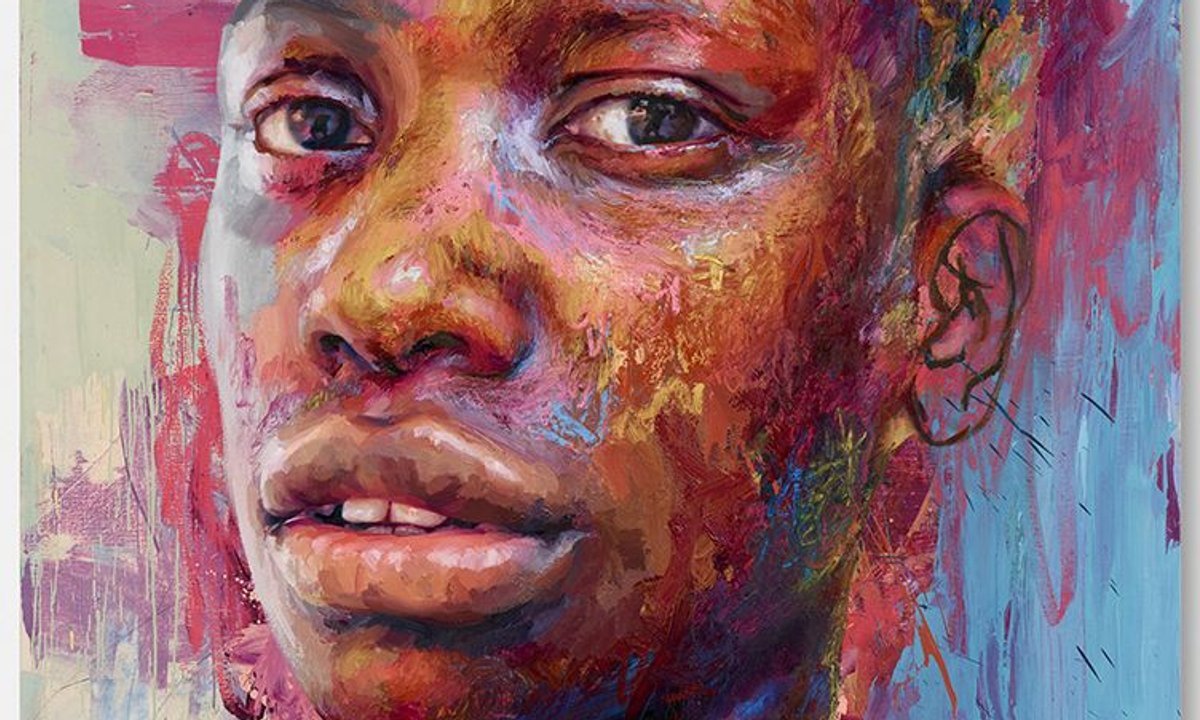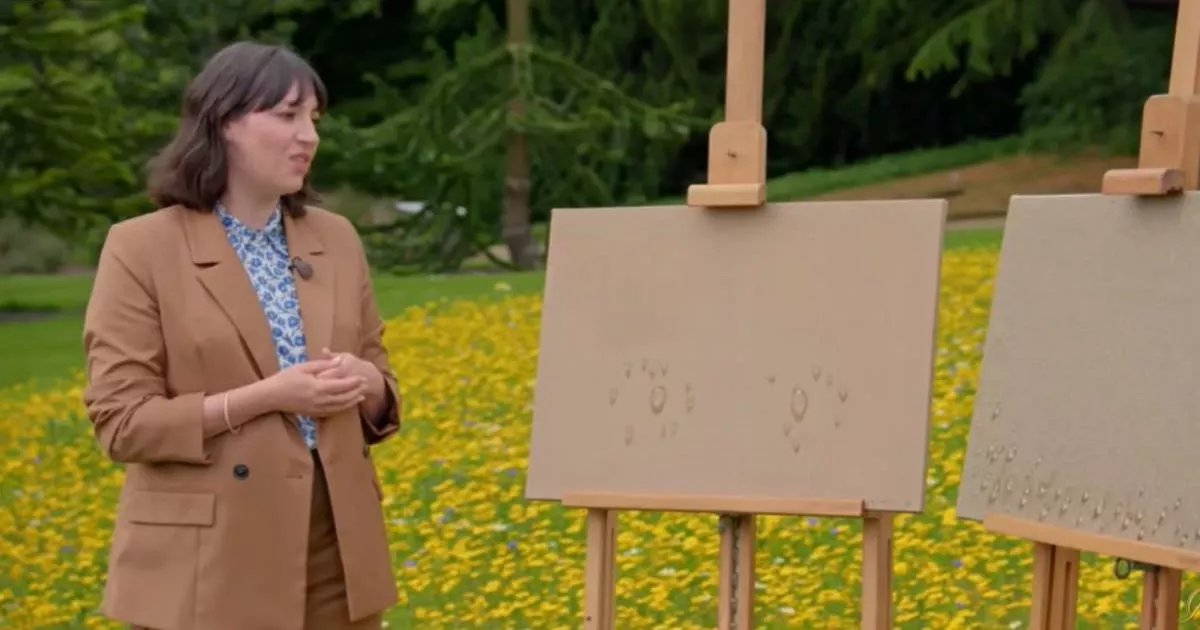Elizabeth Layton: Drawing as Discourse installation view, Jan. 25-July 28, 2024, Nerman Museum of Contemporary Art, Johnson County Community College, Overland Park, Kansas. Photo: EG Schempf
Not many artists start their career at age 68 and then become internationally known soon thereafter — particularly if they lived their entire life in a town of 550 people in Kansas and they either donated or gave their work away.
“Elizabeth Layton: Drawing as Discourse,” makes clear why Elizabeth Layton’s art is celebrated in more than 40 major museums in the United States and countless private collections. Thirty of her iconic drawings and lithographs are on display on two floors of the Nerman Museum of Contemporary Art, judiciously curated by Mary Frances Ivey, Sarachek Curatorial Fellow at the Wichita Art Museum.
No one could have invented the story of Elizabeth Layton’s life and art career.

She was born in 1909 in Wellsville, Kansas. Her mother Mary Converse was a columnist and the 1928 poet laureate of Kansas; her father Asa was publisher of the local newspaper The Wellsville Globe, and when he died Layton worked with her mother as editor from 1942–57. She was married twice and raised five children.
Layton was a lifelong sufferer of depression. In 1977 Don Lambert, a young newspaper reporter, took her to a blind contour drawing class at Ottawa University and her life changed dramatically. (Lambert remains one of Layton’s biggest fans and promoters).
After her one and only drawing class Layton rallied. She began a series of self-portraits dealing not only with personal issues — the death of her son, the scourge of ageism, her relationship with her husband Glenn — but the most culturally and politically volatile issues of the day. Using herself as the main protagonist, Layton attacked sexism, homophobia, racism, and health epidemics such as AIDS. Her art, with its unique synthesis of empathy and anger, brought together biting criticism, wit, and a generous dose of humor — often dark.

As the esteemed art historian Lucy Lippard wrote in the 1980s upon seeing Layton’s art for the first time: “She has unselfconsciously mastered the fusion of the personal and political that so many progressive artists strive for. By using her own image to stand for all of denigrated, invisible, abused humanity, she has raised the universal from the particular.”
The power of Layton’s art is due not just to her subject matter, but to the tensile, febrile quality of her graphics. She uses color judiciously, and some of her most commanding works are in black and white. In “Untitled (Censored),” Layton draws a fierce image of herself with black ties around her hands and black tape over her mouth. In “Void,” also in grisaille, Layton floats up into the cosmos in a pose that could be from a Renaissance ceiling. “Intensive Care Room” depicts a heartrending scene in a hospital, the only color other than black and white being a drop of red blood on Layton’s finger. A variety of fetching portrayals of Layton’s husband Glenn in “Studio Portrait” shows her gifts in both caricature and portraiture.
Layton’s political drawings, which dealt with social justice issues, censorship of all forms, homophobia, and racism are as hard-hitting now as they were at the time of their creation. She is a fitting successor to the great 19th-century French artist and satirist Honore Daumier as well as the early 20th-century German Expressionist George Grosz, who created stinging critiques of the Weimer Republic.

One form of criticism distinctly Layton’s own was her attacks on those who belittled elders, how they looked and supposedly acted. She was fearlessly unflattering when she depicted herself with obvious age spots, wrinkles, fat rolls et al. (Looking at photographs of her one realizes she was more attractive in person).
Demonstrating that she was well aware of art history and contemporary art movements, in “Self-Portrait as Nike, The Winged Victory,” Layton portrays herself as the famous Hellenistic sculpture in the Louvre, but instead of a gauzy robe she’s wearing a slip, panty hose, and orthopedic shoes. In “I Am Loved,” Layton struggles with her now ill-fitting wedding dress, but nevertheless an “I Am Loved” button is attached to the gown as Layton makes the point that how we look is not as important as who we are and what we have achieved. “Aged to Perfection” makes a similar argument, as husband Glenn and Layton stand happily together, she wearing a button that reads “How Dare You Presume I’d rather be Young.”
Before she died in 1992, one of the many museums which exhibited Layton’s art was the Smithsonian American Art Museum. In 2001 she was the only American artist shown in an exhibit at the Musee d’Art Brut & Art Singulier in Paris. Elizabeth Layton remains one of the most original of Kansas artists, with one of the most unique art careers in America.
“Elizabeth Layton: Drawing as Discourse” continues at the Nerman Museum of Contemporary Art, 12345 College Blvd., Overland Park, through July 28. Hours are 10 a.m. to 5 p.m. Tuesday, Friday, Saturday; 10 a.m. to 8 p.m. Wednesday and noon to 5 p.m. Sunday. For more information, 913.469.3000 or www.nermanmuseum.org.






